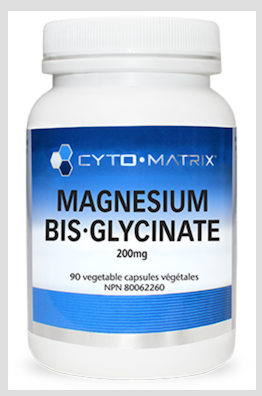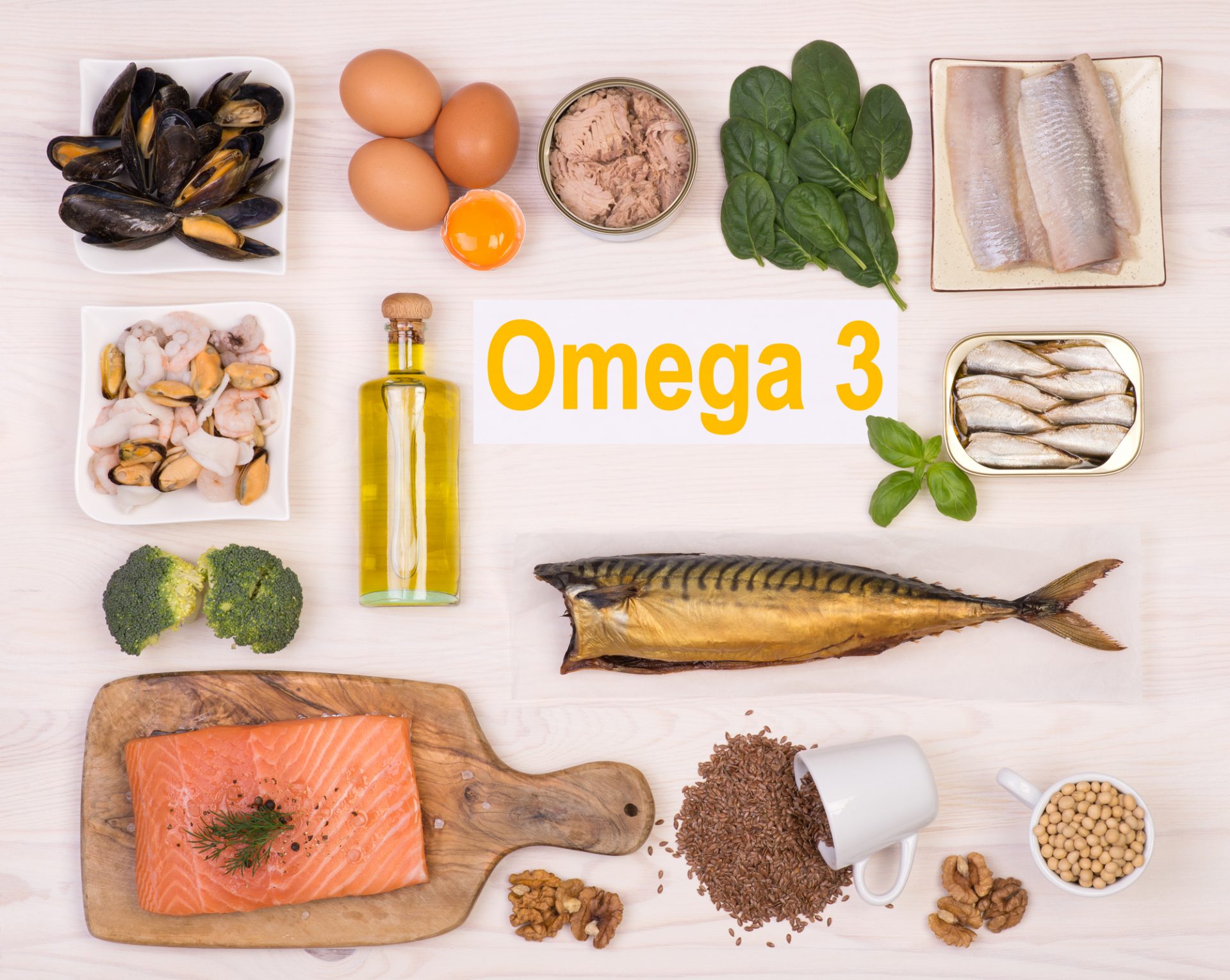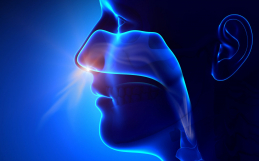The concept of a low hanging fruit (a thing or person that can be won, obtained, or persuaded with little effort) is great for incorporating lifestyle changes for improving healthspan (living healthy for as long as possible). We all have busy lives that could benefit from simple strategies with little effort required to improve our overall health.
Macronutrients we need from our diet include proteins, fats and carbohydrates. There are 30-40 essential micronutrients needed from our diet or we will be deficient. The result will be a lack of health. Getting this from food would be the best but many people will not do this. Therefore, supplementation would be an example of a low hanging fruit as it is relatively inexpensive and accessible option for most of us and our families. Also, seeing this as an investment in your future health or illness avoidance helps to be consistent.
In Canada, Vitamin D3, magnesium and Omega 3 deficiencies are some of the top micronutrient deficiencies we experience in our modern day lives.
Dr Rhonda Patrick is one of my few trusted sources on understanding and explaining the current scientific research on what to incorporate into my lifestyle to improve healthspan (living healthy for as long as possible)
This episode, featuring Dr. Rhonda Patrick, was originally recorded for the Institute for Functional Medicine’s podcast, ‘Pathways to Wellbeing.’ Dr. Patrick describes strategies you can apply immediately to enhance cellular health, protect the nervous system, elevate mood, reduce inflammation, promote muscle and bone function, and help prevent chronic disease.
https://www.foundmyfitness.com/episodes/ifm-micronutrients-exercise
or on Youtube:
This was my recap on Vitamin D from a few years ago now. As you can see from Dr. Rhonda Patrick’s update, we have learned quite a bit since then. Dr Dan’s post and video on the sunshine vitamin here along with the importance of Vitamin K2.
Vitamin D3
Are you getting enough vitamin D? The best way to know is to have vitamin D checked the next time you have blood work. What are the ranges:
Inadequate: <50 nmol/L Deficient: 50-75 nmol/L Adequate: 75-150 nmol/L
70% of U.S population <75 nmol/L
Vitaim D levels above 75 nmol/L lower all cause mortality (non accidental) includes cardiovascular, respiratory-related and cancer (last 2 are the most impacted by vitamin D status) deaths. Vitamin D supplementation again would be a low hanging fruit.
Vitamin D is very unique as it is converted to a steroid hormone as it can enter nucleus of cell and turns genes off and on (impacting brain function/seratonin, immune function/respiratory issues)
Everything that impacts our vitamin D status:
- living in a northern latitude: exception of summer months make little if any vitamin D with latitudes greater than 37 degrees (In Guelph we are 43 degrees North)
- sunblock: will block the sun and prevent vitamin D formation
- skin pigment: melanin is an adaptation that blunts the body’s ability to make vitamin D from UVB
- we are inside with technological advancements: we are not hunting or gathering agriculture
- age: 70 year olds makes 25% vitamin D of what 20 year old self.
- obesity: vitamin D is fat soluble, therefore the more body fat we have the less vitamin D available.
- genetic variants impair our conversions to active forms of vitamin D
Supplementation:
1000 IU of vitamin D raises vitamin D by 12.5 nmol/L
4000 IUs per day is the upper limit; recommended to get tested.
Vitamin D supplementation can reduce respiratory infections by up to 50% in those with lower levels of Vitamin D status.
Check out this video on the relationship between Vitamin D and immune function here
and https://www.foundmyfitness.com/episodes/vitamin-d-immune-function
Magnesium

Magnesium is an essential mineral (meaning we have to get it from our food) and deficiency is widespread (~45% of US population) but it is easily preventable. It is a mineral that is imortant in over 300 enzymes (required in repairing and making all new cell types) in our body. Leafy greens are a good source of magnesium and most of us do not eat much of these leafy greens. Low hanging fruit would be to supplement daily with magnesium: 400mg/d for an adult. Magnesium in glycinate or bisglycinate form are absorbed well (good bioavailability).
Studies have found that those with the highest magnesium levels linked to 40% lower all cause mortality and 50% decrease in cancer deaths compared to lowest levels of magnesium.
Magnesium is needed to prevent DNA damage, which is a hallmark of aging.
See my previous post and video on the importance of magnesium here.
Those of us who are physically active (which I hope is everyone reading this) or use sauna or other forms of heat stress, require 10-20% more magnesium as we excrete magnesium (and other electrolytes) in our sweat. Those that are physically active may be more deficient. I use LMNT as an electrolyte replacement as it contains not only magnesium but also sodium and potassium and I enjoy the various flavours. See my previous post on the importance of hydration here.
Genetics
Due to our genetics some of us may have to take more Vitamin D. Options are to check your genetics and or get blood work checked after 3-6mths of taking a certain amount of vitamin D.
Those with genetically lower vitamin D, have 25% higher death from respiratory disease.
Checking blood work again only way to know status.
Omega 3
 The two main omega-3s with health benefits are eicosapentaenoic acid (EPA) and docosahexaenoic acid (DHA). Every cell in our body needs omega 3 fats as they accumulates in the cell membrane, specifically EPA and DHA. 95% of the population in the U.S.A. do not get enough EPA and DHA. From infancy to old age it is important for brain and heart health.
The two main omega-3s with health benefits are eicosapentaenoic acid (EPA) and docosahexaenoic acid (DHA). Every cell in our body needs omega 3 fats as they accumulates in the cell membrane, specifically EPA and DHA. 95% of the population in the U.S.A. do not get enough EPA and DHA. From infancy to old age it is important for brain and heart health.
Same number of deaths associated to eating trans fats as to not eating enough marine sources of EPA and DHA (fatty fish, salmon, mackerel, sardines and are also low in contaminants such as mercury and PCBs)
Omega 3 fatty acids have been shown to protect against the contaminants including mercury and PCBs, including pregnant women.
A new role of omega 3 with muscle mass has been discovered. It appears that omega 3 are involved in anabolic growth of muscle and preventing disuse atrophy that often occurs with aging. A study showed that supplementing omega 3s for 6 months increased muscle mass in older adults.
ALA are found in flaxseed, chia and walnuts (most people don’t eat enough of these). Estrogen makes this conversion much better which is important to know for post-menopausal females who eat a plant-based only diet.
ALA can be converted into EPA and then to DHA but the conversion is very limited. The conversion of ALA to EPA ranges from 8% to 20%, while the conversion of ALA to DGA ranges from 0.5 to 9%. Therefore, consuming EPA and DHA directly from the foods and/or dietary supplements is the only practical way to increase the levels of these fatty acids in the body.
EPA is involved in the body’s inflammatory processes and may help prevent or alleviate diseases resulting from chronic inflammation. These include heart disease, stroke, obesity, and arthritis.
DHA is found in the brain, retina, and heart. It’s especially important for infants and children as they grow and develop. It is vital for brain growth and cognitive function and assists fuel/energy getting to the brain.
Alpha-linolenic acid (ALA), is a plant-based omega-3 found in foods like chia and flax or supplements.
Chronic low level inflammation is a driver of the aging process also known as inflammaging. EPA and DHA have resolvins that ‘resolve’ inflammation or the resolution of inflammation.
Having omega 3 supplementation would be another low hanging fruit to reduce the aging process.
May want to measure your omega 3 status using the Omega 3 index, Bill Harris (he is the cofounder; fatty acid research institute, roles of fatty acid in human health non-profit). 4% vs. 8% *I have no current affiliation Omega Quant.
Smokers with high omega 3 index have the same life expectancies as a non-smoker with a low omega 3 status. Smoking risk has similar risk of being deficient in omega 3.
IFOS (international fish oil standards) are what you want see in your fish oil supplement.
see my previous post on Omega 3 fats here
Summary of Supplementation:
Vitamin D: can start with 4000 IU per day, but also get a vitamin D test (75-150 nmol/L in Canada) and adjust up and down from there.
Omega 3 fats: ideal levels are >8 % on omega 3 index test. Supplementing with ~2 grams per day will raise your levels to 8% if you are deficient. Prescription omega 3 is prescribed at 4g/d for high triglycerides
Magnesium: dietary intake of green leafy vegetables, almonds, cashews RDA 320 mg/d for women and 420 mg/d for men.
Supplementation is relatively inexpensive investment in future health and a simple low hanging fruit.
Magnesium citrate, malate and (bis)glycinate are good forms although I prefer bisglycinate.
Hormesis
Hormesis is a process where the body responds positively to small physical stressors
Our genes were meant to be pushed by intermittent forms of stress such as exercise, heat, cold, sun/light, fasting, phytochemicals from plants in order to age normally.
Exercise
We all need to be physically active for optimizing our health. The most important thing to do with respect to exercise is to do what you will keep doing. Don’t worry about different types of training until you are fairly consistent. At this point, you can explore ‘Zone 2′ training, high intensity interval training (HIIT), tabata protocol, blood flow restriction training, sprint intervals, etc.
Exercise snacks have been shown to provide a 30-40% lower related all cause mortality and cancer related mortality. What are exercise snacks? Brief bouts of high-intensity exercise dispersed throughout the day with a heart rate over 75% for 1-2 minutes, 3 times per day. Exercise snacks include: 1-2 minute of burpees, going up a flight of stairs, jumping jacks, high knees, air squats, KB swings, push ups, etc. 3 times per day.
24 studies have shown 6 weeks of an exercise program of 20-60 minutes of aerobic exercise 3-4 days per week significantly improved blood pressure in people with high blood pressure. This has a significant impact on the health of the heart and the brain.
Nature (aka Vitamin N)
It would be hard to leave the importance of nature outside of this blog post. Please review this post for the benefits of nature for you and your family.
3 Powerful Habits that may ameliorate aging:
- avoiding key deficiencies (omega 3, magnesium, vitamin D)
- addressing lack of adequate or sufficiently vigorous exercise (make it frequent, incorporate measuring heart rate)
- incorporate sauna/heath therapy which mimic exercise.










